Fujifilm’s Professional F2.8 zooms take on nature
By Ben Cherry
About me
My name is Ben Cherry; I am an environmental photojournalist and Fujifilm X-Photographer. I’ve been using the XF16-55mm and XF50-140mm alongside the X-T1 for most of the year now. During that time I’ve spent three months in Borneo and two months in Costa Rica, where I’ll be until mid-December for a conservation research role. It is fair to say that these lenses have been put through a tropical boot camp, pushing them to their humid and heat limits. You can find more of my work via: www.bencherryphotos.com
The Lenses
Both are weather sealed with constant F2.8 apertures, these zooms are built to last with superb image quality, making them up to the ever-increasing standard of photographers that need gear to work everyday, all day. Made to complement each other, this could be a two-lens set up for many photographers who want a lightweight system that covers a wide focal length. Indeed if you’re not after smaller F-Stops, then these offer prime quality optics.
I personally do prefer to use prime lenses as I feel that they encourage me to be creative, the likes of the XF16mm have pushed me to improve my compositions. But when on the move, in hot tropical environments, I couldn’t ignore the convenience of these two lenses. The XF50-140mm is a no-brainer for me as it is the longest F2.8 or faster lens currently available. In the rainforest I’ve found that I’ve craved light more than focal length, so this lens ticked a lot of boxes (not that I’m not waiting on the edge of my seat for the impending super telephoto zoom!..).
XF50-140mm-2.jpg (leaping proboscis monkey), XF50-140mm-5.jpg (play fighting pygmy elephants), XF50-140mm-26.jpg (scarlet macaw portrait), XF50-140mm-27.jpg (scarlet macaw in flight)
Certain things stand out in this 1st picture.. Male proboscis monkeys have a permanent erection and when they’re not eating only have one thing on their mind.
As for the XF16-55mm, this was a lens I took a little more time considering whenever it came to packing the bag light. The reason for that is it covers the same range as the XF16mm, XF23mm and XF56mm, three exceptional prime lenses with faster apertures. But again it comes back to one word, convenience. Stuck in a rather wet part of the world, whenever it does rain, it pours and the last thing I want to do is change lens. So more often than not the XF16-55mm gets the nod. Other than missing the faster apertures of the primes, I have no hesitation to use this zoom instead, especially as it is weather sealed. A lot of people are put off this lens by the lack of OIS, yes it would have been helpful… but at the same time I understand Fujifilm’s explanation, I’d rather have the brilliant image quality than compromise some for OIS.
XF16-55mm-5.jpg (Sunrise at Mt. Kinabalu), XF16-55mm-15.jpg (violet woodnymph pit stop), XF16-55mm-17.jpg (vivid Pacific sunset), XF16-55mm-18.jpg (released baby turtles using red filtered flash so don’t distract babies.)
Benefits
Other than the superb build and image quality, these two lenses have very snappy autofocus, especially when used with the X-T1 (the only camera which makes this a weather resistant system). I’ve captured monkeys leaping through the air, elephants fighting, and birds swooping through the rainforest. None of these were easy autofocus tasks. The X-T1 has been greatly improved by a series of firmware improvements. I am sure these two lenses will see a huge performance boost with the next generation cameras, which will have improved hardware instead of only updated firmware. To put it another way, if I was told I could only have access to two lenses then no doubt it would be these two, with the XF16-55mm just pushing out the superb XF10-24mm – please Fujifilm, make a F2.8 WR version!
What is rarely brought up is the effective focal length of the XF16-55mm, which is 24-85mm, that extra 15mm over the usual 24-70mm range is a big benefit. Expanding the uses of this lens, particular helpful for portrait photographers.
XF16-55mm-10.jpg (inquisitive young elephant)
Downsides
Because of all that lovely glass, range and build quality, these aren’t exactly light lenses when compared to the rest of the Fujifilm range. Not to say that they feel out of place though. If using the hand or battery grip with an X-T1 then even the XF50-140mm is nicely balanced. I feel like these lenses have more to give but are waiting for camera upgrades, this isn’t necessarily a bad point just one to think about. I have been in situations where I know the lenses can handle the moment but sometimes the X-T1 gets a little flustered. This occasional occurrence is massively outweighed by the general satisfaction I get from using this system over others I have tried.
XF50-140mm-6.jpg (tactile family members)
Conclusion
This system has been baked and soaked more than I’d ever admit to Fujifilm representatives… (awkward because they’ll probably read this… sorry!). But it is still working and producing images that I am very happy with. Certainly the products have more to give than I am currently demanding, this encourages me to push myself so I can reach the standard of these brilliant products. The camera market is incredibly competitive, a good thing as there are basically no bad systems out there. However, for me, this weather resistant X-Series is definitely my preferred choice. For anyone looking at camera system options, no matter your genre, I firmly believe that the X-Series at least warrants consideration, it is certainly producing the goods for me with nature photography.
Ben

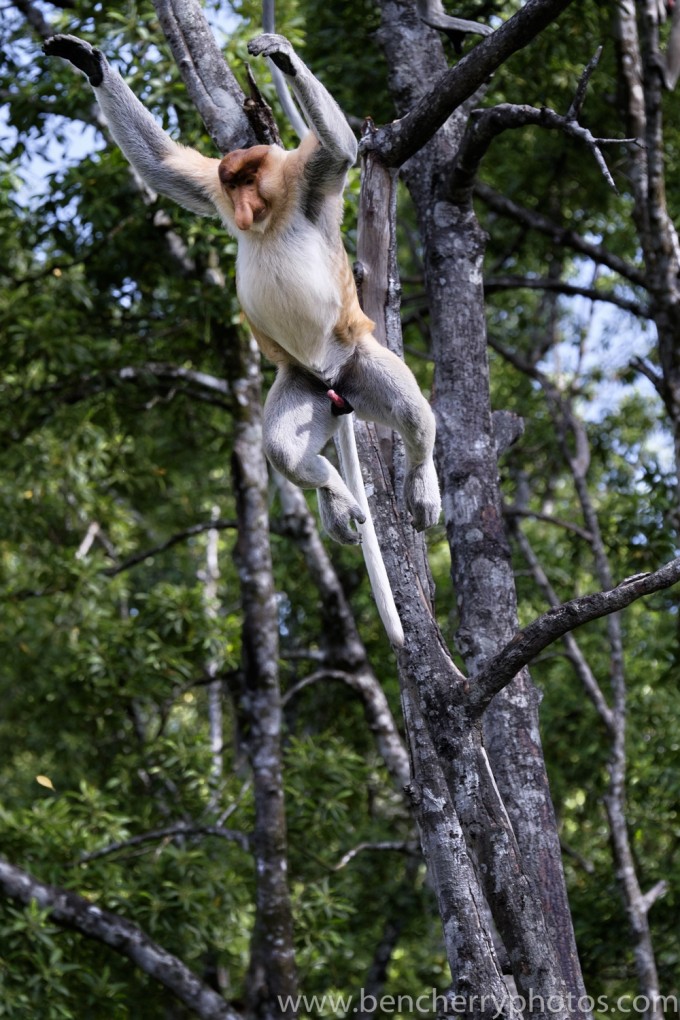
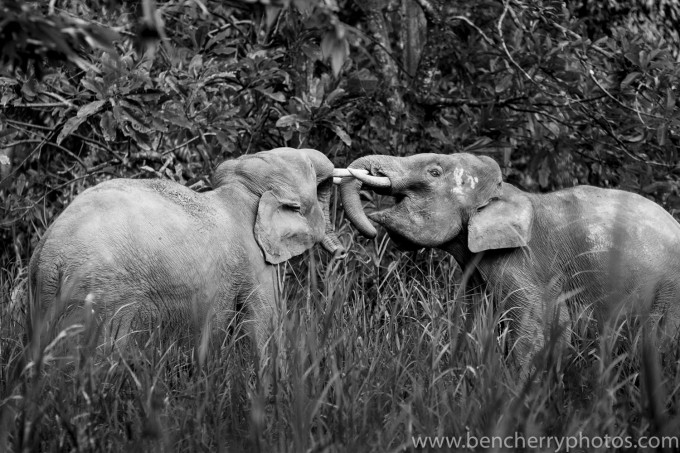
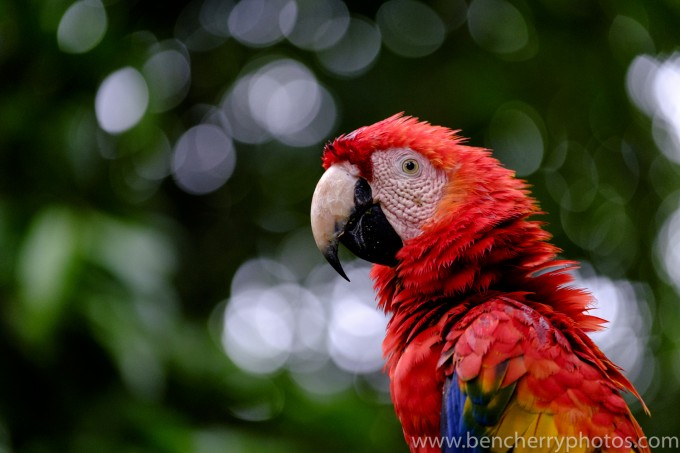
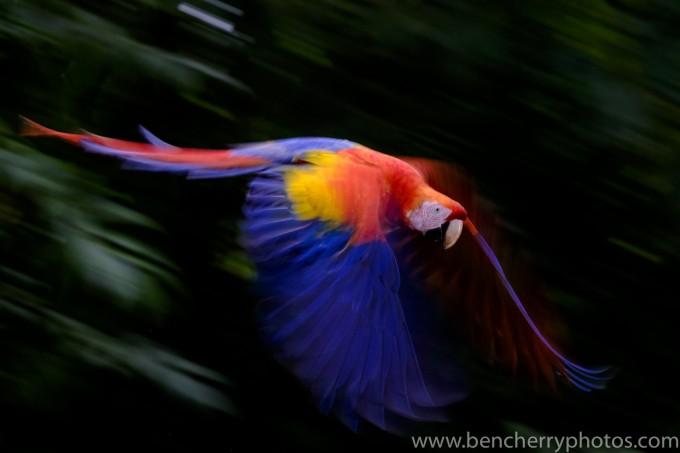
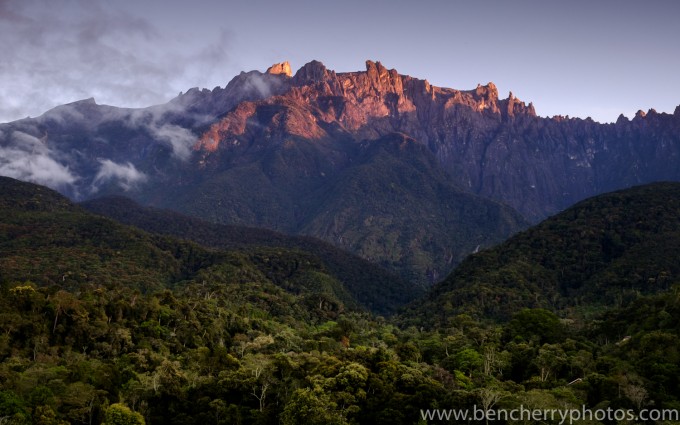
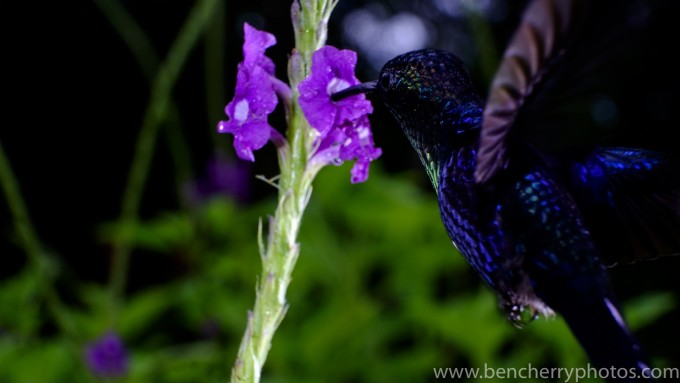
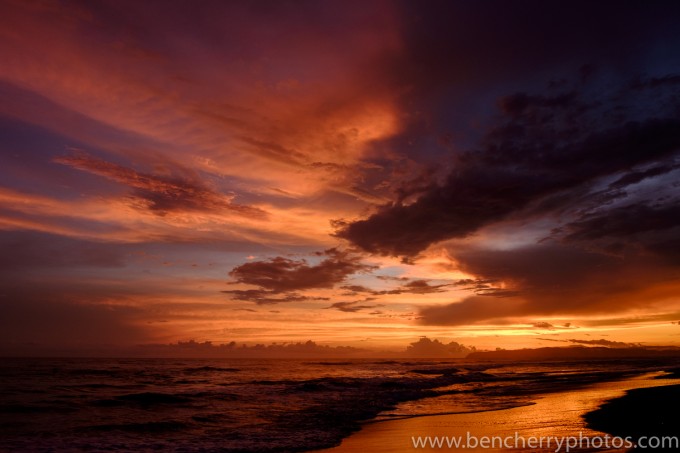
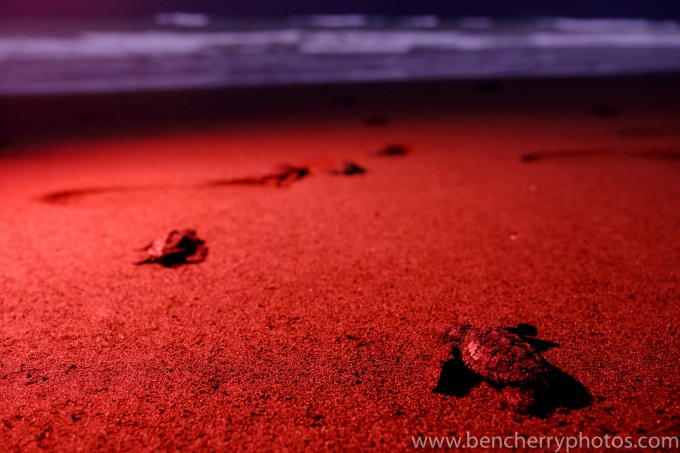
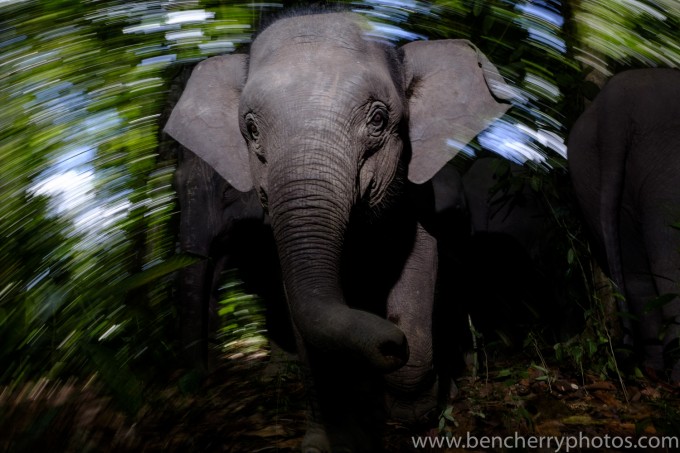
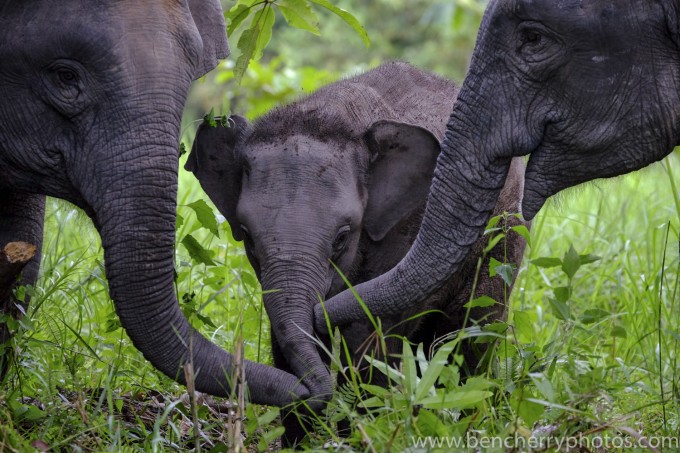


All that comments are perfextly normal, the pictures deserve it. Congratulations.
These are those kind of real world tests no other review can provide. What are the manufacturer’s claims worth about weather-sealing and weather-proof? You only find out when you’re in such situation. Which is normally to late to switch your gear again. Thanks for sharing your experience!
I once read about a guy photographing the Dakar Rally with the Sony A900 (or A99?) and some Zeiss zooms. Both withstood this extremely dusty environment flawlessly without being especially marketed as weather-proof. But this Batis ambassador photographer said his Sony A7II couldn’t stand continuous rain and produced short circuits behind the screen because of the unprotected flash shoe. Another one reported his A6000 shutting of at 100°F on a out-back trip through Australia.
I considered the 50-140 2.8. But as I was previously a Nikon shooter, carrying around several lenses including my beloved 70-200 2.8VR, when I went with Fuji I went light. Hence, the 55-200. Yes, it is a bit slower, but it does rack out to 300mm which comes in useful every now and then but the main reason for me was weight and size. Plus, the 55-200 is TACK.SHARP.
I agree, the 55-200mm is brilliant. Unfortunately mine broke within three weeks of being here. A shame as the 200mm length would have been helpful!
Brilliant Images!
Thanks!
Ben,
These are great images. They speak highly to your ability and perseverance. Your highlight of these fine lenses has really made me think about how I might reconsider my kit.
Thanks for taking the time to put this together.
A pleasure, glad you found it helpful. If I can help in anyway please get in touch through my website – http://www.bencherryphotos.com
Tremendous work, Ben. Keep pushing that gear to its limits! btw: Have you selected your image yet for the official ‘2016 X-Photographers Book’…? – from a fellow X-Photographer
Hi Robert, I will! I have, would be amazing to be selected!
Go Ben and go Fuji!!!!
i love these photos…the colors and details are just WOW!!!
Thank you so much
These images are wonderful. I’ve been thinking of adding the 16-55mm to my kit bag for WR & versatility. I think these have certainly pushed me another step closer!
Glad you liked it. Enjoy the 16-55!
Wonderful photos that are a credit to you and a wonderful write up extolling the qualities of the Fuji. Thanks.
Thanks so much!
Awesome pictures!!! Thanks for sharing!!!
Thank you
Thanks for these great pictures and the interesting write up. They show both, your talent and the gear`s capabilities.
Really appreciate your comment.
How lucky you are to be using such fantastic equipment in such an amazing environment — a wildlife photographer’s dream. These tropical rainforests, with life-forms seen nowhere else on Earth, are biological gene banks that have got to be saved from ‘progress’. Keep up the good work ! Well done !!
Indeed, I am very fortunate, cheers.
You capture the brilliance of these tropical moments.
Cheers Jason!
Thank you for sharing! I think I know what lenses I will get now when I switch to Fuji 🙂
Good luck with switching systems. If you need any advice please don’t hesitate to get in touch via my site/social media – http://www.bencherryphotos.com
Some really nice pics her…love that shot of the flying parrot. Great colours to all of these!
Thank you, I am fortunate enough to study those macaws (the parrot) at the moment, incredible birds.
Insanely awesome pictures, good stuff!
Thanks very much
Thanks for taking the time to share your experiences and thought. I do like many of your images. I would think that they were hard to come by.
Stay safe and enjoy.
Howard
Cheers Howards, yes some were pretty hard to come by so it is fantastic to get lovely comments such as yours.
Great pictures. The young elephant is really superb!
Much appreciated Roy
Hello Ben!
Thank you for an excellent article on the virtues of the fantastic Fuji X System! As a “newbie” to Fuji, I currently shoot landscapes and product images with an XT-1, the Fuji 35, 16-55, and 60 Macro lenses, and absolutely agree about the stellar image quality of this system, particularly image sharpness. My main reasons for choosing Fuji was, first and foremost, image quality, weather-sealing, and the fact that there is no AF Micro-Adjustment needed because the absence of a mirror box negates the possibility of front or back-focus issues! I’m glad to see validation of the image quality of the 16-55! Thanks again.
Hi Steve, thanks for your kind words, glad your reasoning for switching is paying off 🙂